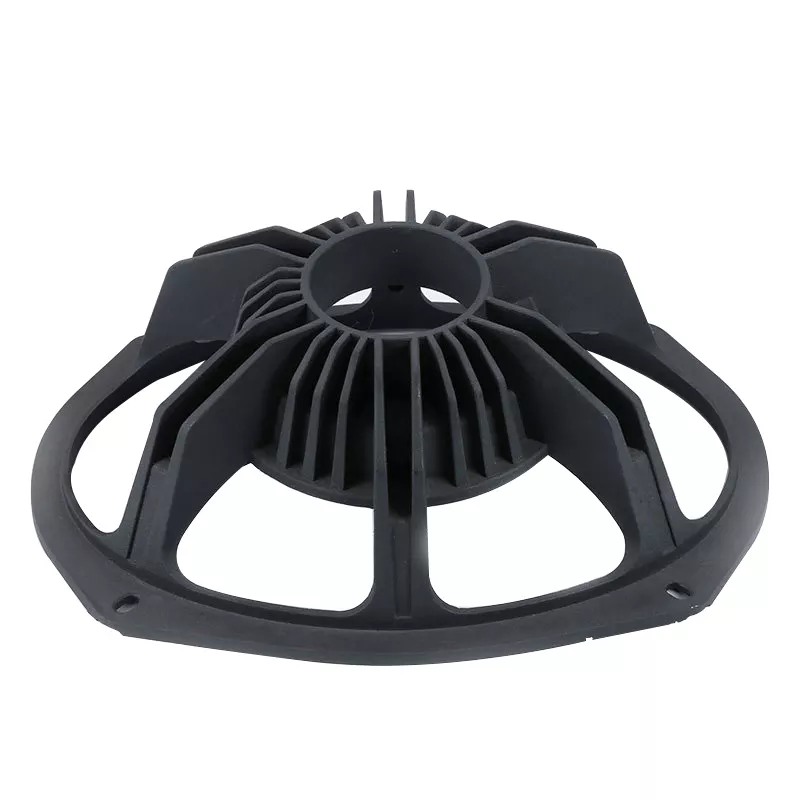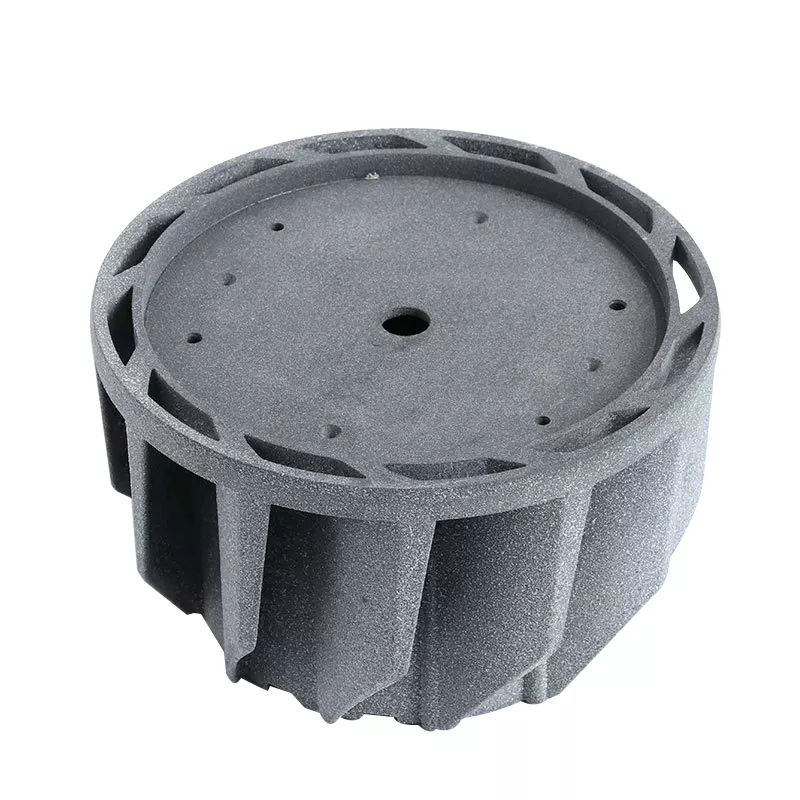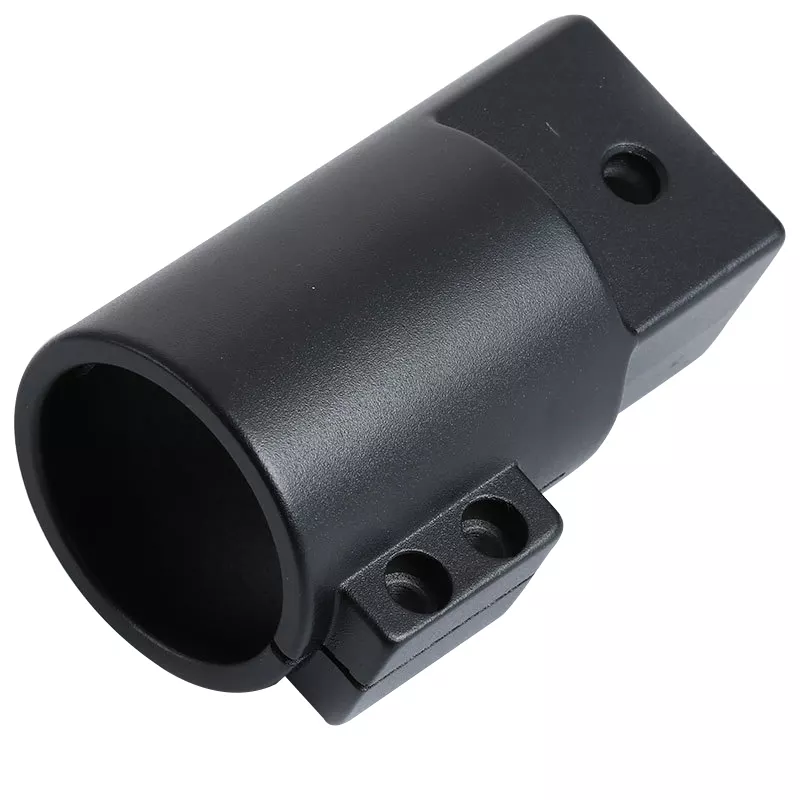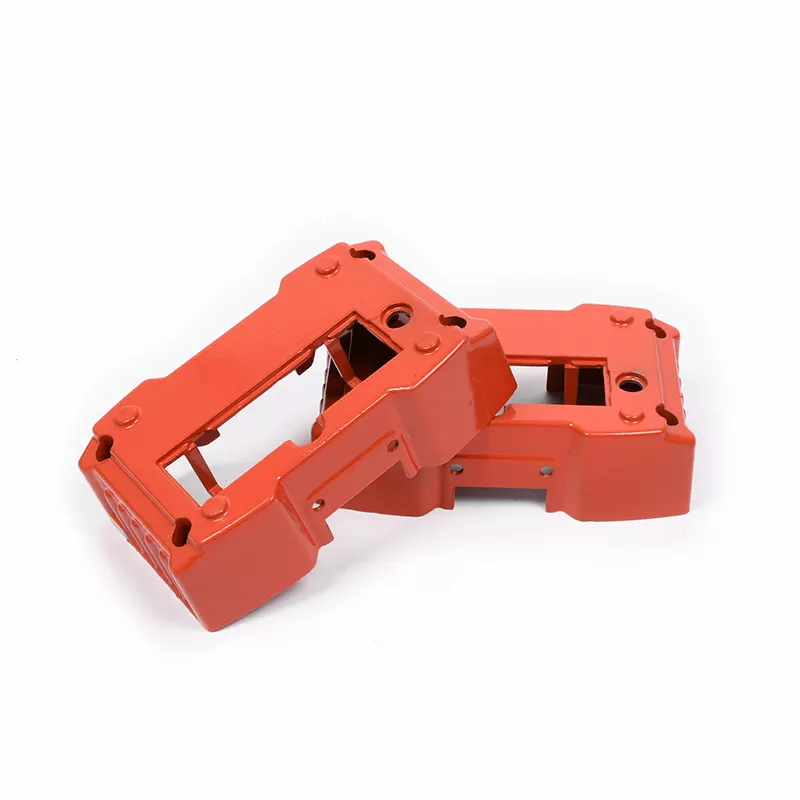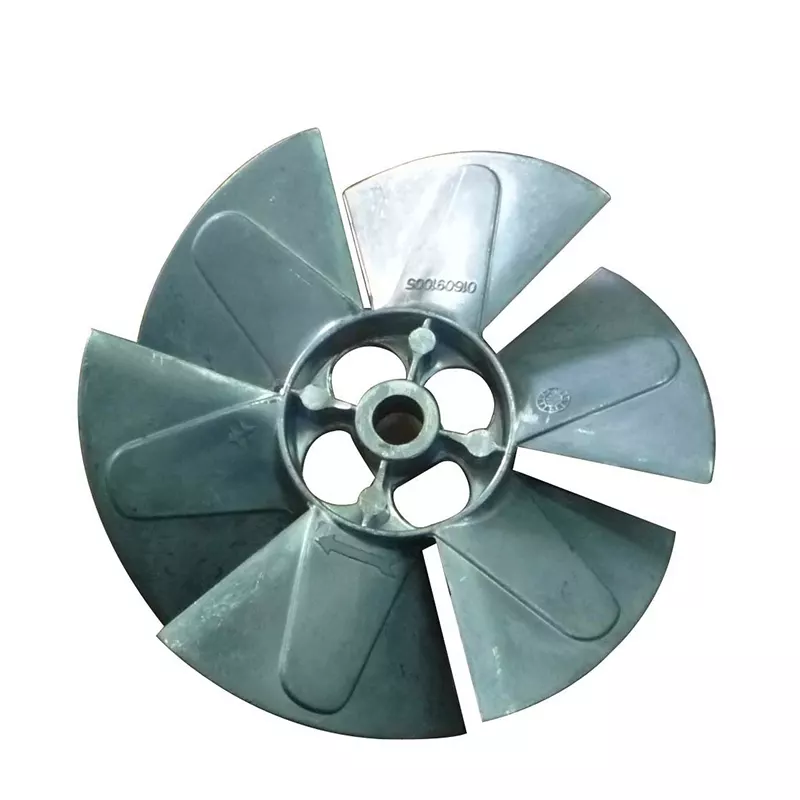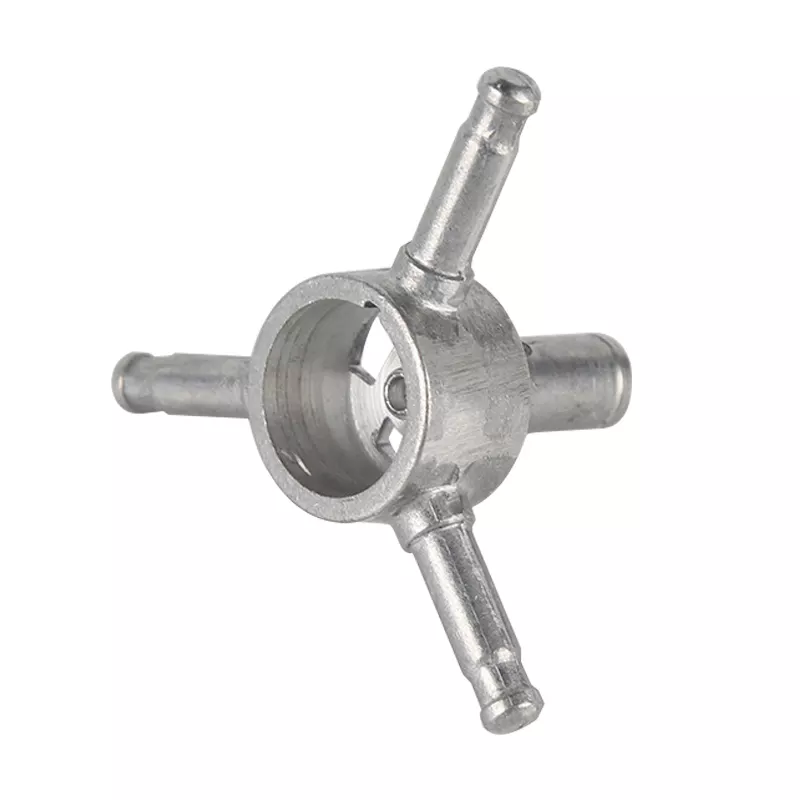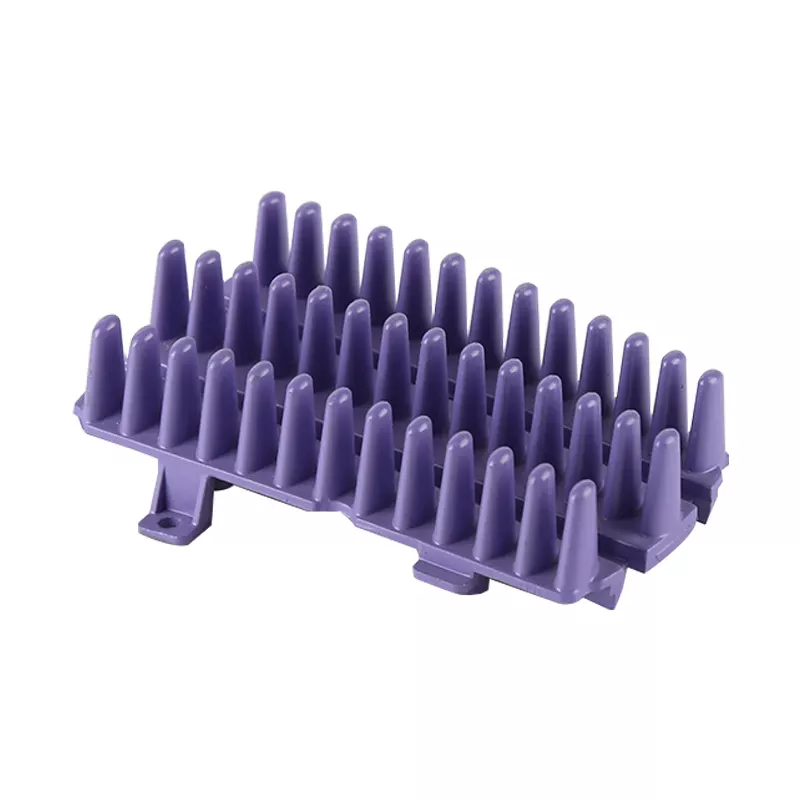Stretching dies account for a very large proportion of the entire stamping die industry. Our common cups, the shell on the motor, and almost most products have more or less products that need to be stretched. The design of the mold is not to say that it can be calculated according to the conventional algorithm. There are too many processes full of variables, especially the stretching of some non-rotating bodies, which is prohibitive.
Because there are too many factors to be considered in the design of the drawing die, such as the drawing coefficient, whether it reaches the limit of the material, the decision of the spring force, the direction of drawing, whether it is upward or downward, often cannot One-time molding requires many trials to achieve the desired result, and sometimes the mold may be scrapped. Therefore, accumulating experience in practice is of great help to the design of the drawing mold.
In addition, the size of the cutting material also plays an important role in the trial production of the entire mold. So most of the time, when we design some irregular deep-drawn parts, we often reserve an empty step in the mold design stage.
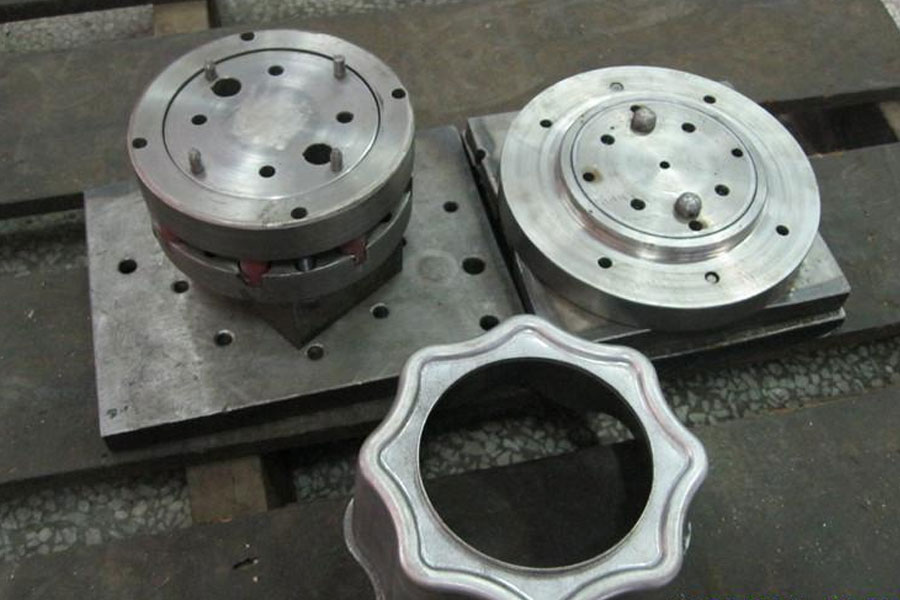
Stretching Material
When the customer's requirements for the material are not very demanding, and repeated mold trials fail to meet the requirements, you can change to a material with good tensile properties and try again. A good material is half the success. For stretching, it must not be ignored. Cold-rolled thin steel sheets for drawing mainly include 08Al, 08, 08F, 10, 15, and 20 steels. The largest amount is 08 steel, which is divided into rimmed steel and killed steel. The rimmed steel is low in price and has good surface quality. The segregation is more serious and has a tendency of "strain aging". It is not suitable for parts that require high stamping performance and appearance requirements. Killed steel is better, with uniform performance but higher price. The representative brand is aluminum killed steel 08Al. Foreign steel has used Japanese SPCC-SD deep drawing steel, and its tensile properties are better than 08Al.
The finish of the mold surface
When deep drawing is performed, the two sides of the die and the blank holder are not sufficiently ground, especially when drawing stainless steel plates and aluminum plates, drawing scars are more likely to occur, which can lead to tensile fractures in severe cases.
The determination of the size of the blank
More wrinkles and less cracks are our principle. The blank positioning design must be correct. The blank diameter of the rotating body drawing part with simple shape is not thinning. Although the material thickness changes, it is basically very similar to the original thickness. Closeness can be calculated based on the principle that the area of the blank and the area of the stretched part (if trimming must be added) are equal. However, the shape and process of stretched parts are often complicated, and sometimes they need to be thinned and stretched. Although there are many 3D softwares that can perform unfolding calculations, their accuracy cannot meet the requirements 100%.
A product has to go through multiple processes, and the first process is generally a blanking process. First of all, it is necessary to carry out the calculation of the unfolded material, and have a general understanding of the shape and size of the blank, in order to determine the overall size of the blanking die. Do not process the convex and concave mold size of the blanking mold after the mold design is completed. First use wire cutting to process the blank (when the blank is larger, it can be milled by a milling machine and then clamped). After repeated experiments in the subsequent stretching process, the size of the blank is finally determined, and then the convex and concave molds of the blanking die are processed.
In the inverted process, first try the drawing die, and then process the blanking edge size of the blank, which is half the effort.
Tensile Coefficient
The stretching coefficient is one of the main process parameters in the calculation of the stretching process, and it is usually used to determine the sequence and number of stretching.
There are many factors that affect the stretching coefficient m, including material properties, relative thickness of the material, stretching method (referring to whether there is a blank holder), stretching times, stretching speed, convex and concave die fillet radius, lubrication, etc.
The calculation and selection principles of the tensile coefficient m are the key points introduced in various stamping manuals. There are many methods such as calculation, table look-up, calculation, etc., and I also choose according to the book. There is no new stuff. Please read the book. .
The relative thickness of the material, the stretching method (referring to whether there is a blank holder), and the number of stretching are not easy to adjust when repairing the mold, so you must be careful. It is best to find a colleague to check it out when choosing the stretch coefficient m.
The choice of processing oil
The choice of processing oil is very important. The way to distinguish whether the lubricating oil is suitable is when the product is taken out of the mold, if the product temperature is too high to be touched by hands, the choice of lubricating oil and the method of lubrication must be reconsidered, and the lubricating oil should be applied to the cavity. , Or put a film bag on the sheet.
In case of tensile cracking, apply lubricating oil on the concave mold (do not apply on the convex mold), and the workpiece is covered with a plastic film of 0.013-0.018mm on the concave mold side.
Workpiece heat treatment
Although it is not recommended, it is still necessary to say that during the stretching process, the workpiece will undergo cold work hardening due to cold plastic deformation, which will reduce its plasticity and increase its deformation resistance and hardness. In addition to the unreasonable mold design, it needs to be carried out. Intermediate annealing to soften the metal and restore plasticity.
Note: In the general process, the intermediate annealing is not necessary. After all, it is necessary to increase the cost. You must choose between increasing the process and increasing the annealing, and use it with caution!
Annealing generally adopts low temperature annealing, that is, recrystallization annealing. There are two things to pay attention to when annealing: decarburization and oxidation. Here we mainly talk about oxidation. After the workpiece is oxidized, there will be oxide skin, which has two harms: it makes the effective thickness of the workpiece thinner and increases the wear of the mold.
When the company's conditions are not available, ordinary annealing is generally used. In order to reduce the production of oxide scale, the furnace should be filled as much as possible during annealing. I have also used soil methods:
When the company's conditions are available, nitrogen furnace annealing can be used, that is, bright annealing. If you don't look closely, the color is almost the same as before annealing.
When there is no other way to deal with the metal with strong cold work hardening or tensile cracks in the trial mold, add the intermediate annealing process.


